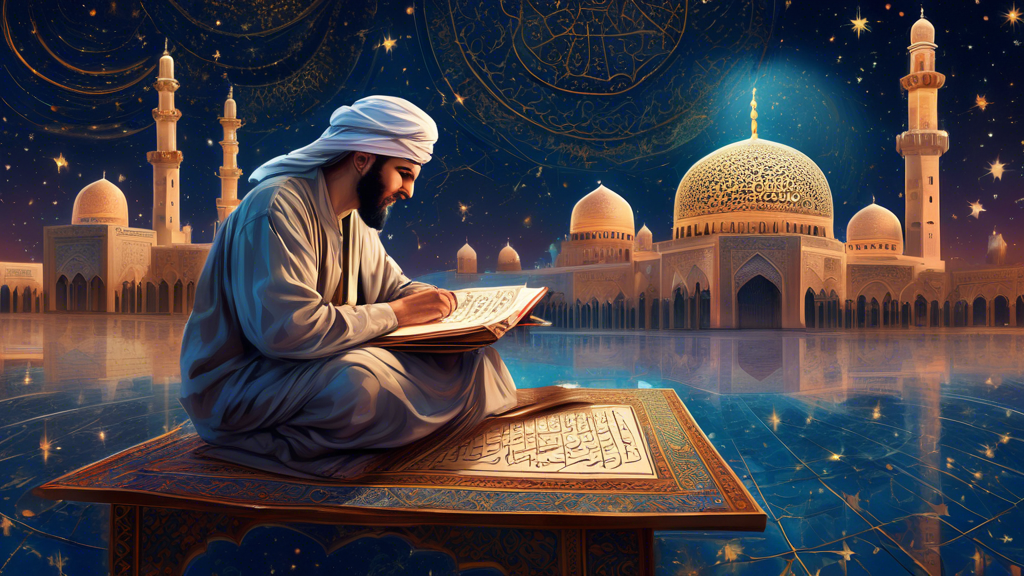Introduction to the Islamic Calendar
The Islamic calendar, also known as the Hijri or lunar calendar, is a pivotal timekeeping system used by Muslims around the world to determine the dates of religious events and observances, such as Ramadan, Hajj, and the fasting periods. Unlike the Gregorian calendar, which is solar-based, the Islamic calendar relies on the phases of the moon, resulting in years that are 354 or 355 days long. This article explores the origins, development, and the significance of the Islamic calendar within the cultural and religious contexts of Islam.
Origins of the Islamic Calendar
The Islamic calendar was officially established during the reign of the second Caliph, Umar ibn Al-Khattab, around 639 CE. This was approximately 17 years after the Hijrah, the migration of Prophet Muhammad and his followers from Mecca to Medina, which marks Year 1 in the Islamic calendar. The decision to use the Hijrah as the starting point for the Islamic calendar was a profoundly symbolic move meant to commemorate a new beginning for the Muslim community. This calendar is purely lunar and does not correct the drift against the solar year, leading to an annual drift of 10 to 12 days.
Structure of the Islamic Calendar
Months and Days
The Islamic calendar consists of 12 months similar to the Gregorian calendar. However, each month depends on the sighting of the moon, and therefore, can vary between 29 and 30 days. The months of the Islamic calendar are: Muharram, Safar, Rabi’ al-awwal, Rabi’ al-thani, Jumada al-awwal, Jumada al-thani, Rajab, Sha’ban, Ramadan, Shawwal, Dhu al-Qi’dah, and Dhu al-Hijjah. The day in the Islamic calendar begins at sunset, and the timing of each new day is traditionally marked by the Maghrib prayer, which occurs shortly after sunset.
The Use of Moon-sighting
Moon-sighting plays an essential role in confirming the beginning of each month in many Muslim communities. Historically, physical sightings were used, where people visually confirmed the new moon crescent. In modern times, however, astronomical calculations have started to play a larger role, leading to variations in how different communities observe the start of each month. Countries may declare different starting days for the lunar months based on their moon-sighting policies.
Significance of the Islamic Calendar
Religious Observances and Rituals
The Islamic calendar has significant religious importance as it determines the dates of the major Islamic rituals and celebrations. Ramadan, the month of fasting, observance, and prayer, is perhaps the most significant. It falls on the ninth month of the lunar calendar. Eid al-Fitr marks its conclusion and celebrates the completion of this holy month. Another key event is the Hajj, the annual pilgrimage to Mecca, which is performed during Dhu al-Hijjah, the twelfth month. Eid al-Adha, the Festival of Sacrifice, also falls on the 10th day of Dhu al-Hijjah and is celebrated in conjunction with Hajj.
Social and Cultural Dimensions
The Islamic calendar also plays a crucial role in governing social norms and schedules within Islamic societies. It influences various aspects of life such as the payment of Zakat (almsgiving) and scheduling important life events like weddings. Furthermore, it serves as a reminder of the rich historical and religious heritage of Islam, reaffirming a sense of identity and continuity among Muslims around the world.
Summary
The Islamic calendar is not just a method of marking time, but a continuous reminder of the spirituality and historical journey of the Muslim faith. Its cycles of rituals and festivals promote a unique socio-religious rhythm that typifies the cultural richness of Islam. As communities globally interact more frequently, understanding and respecting such cultural nuances becomes ever more critical.
